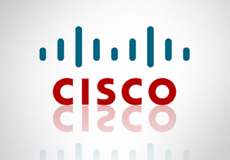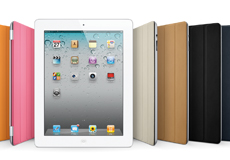Telecom: FCC Approves Dish Network Plan to Convert Spectrum
December 14, 2012
Many hedge fund and telecom execs have bought up various bands of spectrum in hopes of converting it for wireless networks. The FCC has denied several requests, keeping its strident allotment for airwaves, but the commission recently gave the rare green light to Dish Network.
“Late Tuesday, the FCC unanimously approved [Dish Chairman Charlie] Ergen’s plan,” the Wall Street Journal reports. “Under the order, Dish would be required to not use a portion of its spectrum to avoid interference with neighboring airwaves, according to FCC officials. The company would also be required to cover at least 70 percent of the new network in each of its geographic license areas within seven years.”
Ergen started assembling the spectrum five years ago through government auctions and investments in flailing satellite companies, spending roughly $3 billion. “At a stroke, the FCC has now raised its value to as much as $12 billion, according to some analysts’ estimates. Mr. Ergen has to do the hard work of putting that spectrum to use or getting FCC approval to sell it,” the article states.
“Wireless service could give Dish an important new line of business in a mature U.S. pay TV market, where its cable TV rivals are able to sell popular ‘bundles’ of telephone, television, and high-speed Internet service.” Rather than building its own network, Dish could partner with a carrier like Sprint Nextel, or potentially even an outside company like Google, to offer wireless service with the spectrum.
“Consumers, meanwhile, could benefit whatever Dish decides, as the FCC’s decision frees up more bandwidth for data-hungry devices like smartphones and tablets,” explains WSJ. “The drawn-out process of converting that spectrum also highlighted how slowly regulators have moved to put much-needed airwaves to more valuable uses.”


